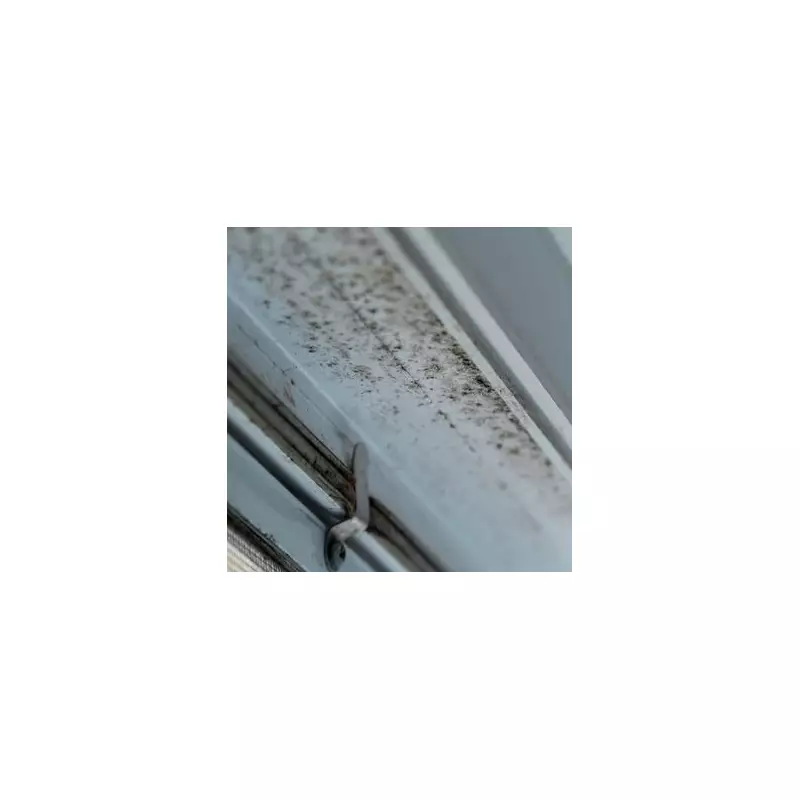
As winter tightens its grip and temperatures plummet across Britain, households are facing a familiar enemy: the relentless spread of mould and damp. But fighting back doesn't require expensive solutions or professional help.
There's a simple, astonishingly effective weapon hiding in your kitchen cupboard that could save your home from unsightly and unhealthy mould infestations.
The Secret Weapon Against Household Mung
While many reach for expensive chemical cleaners, the real solution might already be in your home. A simple container of salt could be your most powerful ally in the war against damp.
"Salt acts as a natural dehumidifier," explains home maintenance expert Sarah Jenkins. "Placing small bowls of salt in problem areas like windowsills and behind furniture can absorb excess moisture from the air, tackling the root cause of mould growth."
Why Winter Makes Your Home Vulnerable
As we seal our homes against the cold, we inadvertently create the perfect breeding ground for mould. Reduced ventilation combined with daily activities like cooking and showering dramatically increases indoor humidity levels.
"Many people don't realise that a family of four can produce up to 20 litres of moisture per day just through breathing, cooking and washing," notes Jenkins. "This moisture has to go somewhere, and without proper ventilation, it settles on cold surfaces and creates mould."
Five Essential Steps to a Mould-Free Home
- Ventilate strategically: Open windows for short bursts throughout the day, especially after showering or cooking
- Use extractor fans: Don't ignore these vital moisture-fighting tools in kitchens and bathrooms
- Maintain consistent heating: Keeping your home at a steady temperature prevents cold spots where condensation forms
- Move furniture away from walls: Allow air to circulate behind large pieces to prevent hidden mould growth
- Dry clothes outdoors: Avoid drying laundry on radiators where possible, as this dramatically increases indoor humidity
The Health Risks You Can't Ignore
Beyond the unsightly appearance, mould poses genuine health concerns, particularly for vulnerable groups. The NHS warns that exposure to mould spores can exacerbate respiratory conditions like asthma and cause allergic reactions in sensitive individuals.
"Black mould isn't just an aesthetic issue," emphasizes Dr Michael Reynolds from the British Lung Foundation. "For those with existing respiratory conditions, it can significantly impact their quality of life and health outcomes."
When to Call in the Professionals
While these household hacks can manage minor moisture issues, persistent or extensive mould growth may indicate deeper problems like rising damp or structural issues that require professional assessment.
"If you've tried basic prevention methods and mould continues to return, it's time to consult a damp specialist," advises Jenkins. "Sometimes the solution requires addressing the building itself rather than just managing the symptoms."
With energy bills remaining high and winter conditions setting in, taking proactive steps against mould has never been more important. By implementing these simple, cost-effective strategies, you can protect both your property and your family's health through the colder months.




